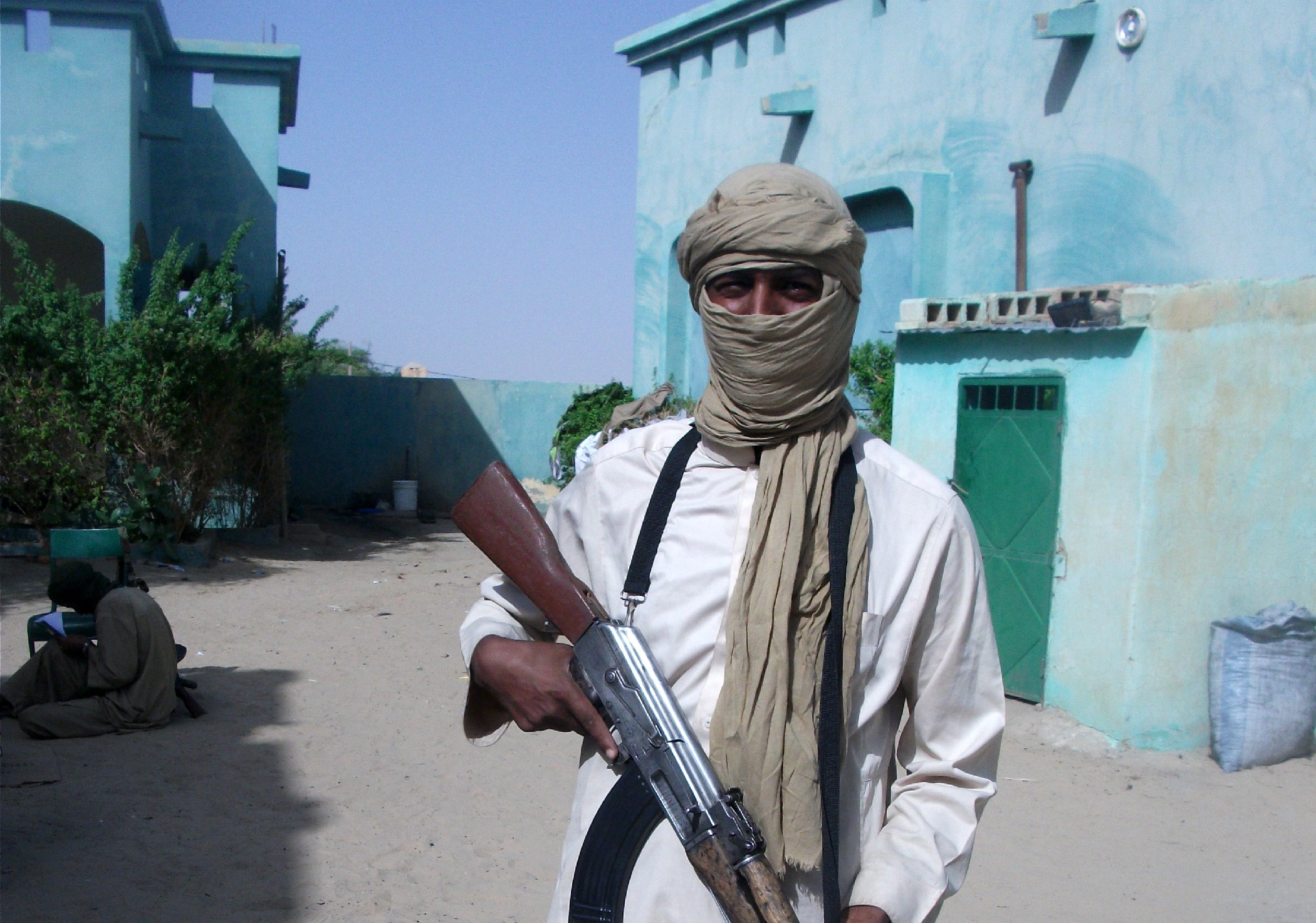What does it take for a nation to rise above its challenges and make a bold statement to the world? On 28 May 1998, Pakistan answered this question with a resounding declaration of resilience and unity. This day, known as Youm-e-Takbeer, marked Pakistan’s successful entry into the nuclear club, a monumental achievement that showcased the nation’s unwavering resolve and strategic foresight.
Amidst economic difficulties, social disorientation, and political instability, Pakistan proved that it could overcome any adversity through sheer determination and collective effort.
The journey to this pivotal moment began in the aftermath of the traumatic events of 1971. The disintegration of East Pakistan was a stark reminder of our vulnerabilities. This bitter experience led to a historic turning point at the 1972 Multan Conference. Visionary leaders and scientists, including Dr. Abdus Salam, Dr. Ishrat Hussain Usmani, Dr. Muneer Ahmed Khan, and Zulfikar Ali Bhutto, committed to developing a nuclear deterrent. Despite immense international pressure, sanctions, and technological embargoes, Pakistan’s political leadership, military establishment, and scientific community came together with a singular focus: to ensure the nation’s security and sovereignty.
Very few people know that when Pakistan’s nation-building process started, Quaid-e-Azam had the strategic vision and wisdom to foresee that Pakistan’s purpose was not just to protect its ideology and way of life within its geography but also to represent the Islamic world on the international stage. He believed that for Pakistan to survive and thrive with its head held high, it needed to attain a stature that required all essential capabilities and technologies.
Before the formation of Pakistan, Quaid-e-Azam Mohammad Ali Jinnah personally reached out to influential and capable Muslims across various fields—be it scientists teaching at Aligarh University, physicists, military officers, civil servants, educationists, professors, businessmen, or journalists. He knew that for the state to be strong, prosperous, influential, and sustainable, all elements of national power needed to be engaged. In this context, Jinnah wrote letters to top Muslim scientists from Aligarh University, inviting them to Pakistan to contribute to its progress.
![Quaid-i-Azam Mohammad Ali Jinnah with the students of Aligarh Muslim University on March 12, 1941. [Image Dawn/White Star Archives]](https://southasiatimes.org/wp-content/uploads/2024/05/61c7a70eb2164.webp)
Following the decisive resolve in 1972, Pakistan’s response to the Indian nuclear tests of May 1974 was swift and strategic. Project-706, later known as Project-786, was launched by Prime Minister Zulfikar Ali Bhutto in 1974 to develop Pakistan’s first nuclear weapons. This initiative was a direct counter to India’s nuclear advancements and aimed at establishing a robust nuclear infrastructure.
Under the leadership of the Pakistan Atomic Energy Commission (PAEC) and the Kahuta Research Laboratories (KRL), led by Munir Ahmed Khan and Abdul Qadeer Khan respectively, Pakistani scientists and engineers developed expertise in the extraction, refining, processing, and handling of fissile material. By the early 1980s, these efforts culminated in the successful cold test of a Pakistani nuclear device in 1983.
Project 706 was a monumental scientific endeavor. It operated in extreme secrecy, mirroring the United States’ Manhattan Project in scope and ambition. The project was initially funded with $450 million, raised by Libya and Saudi Arabia, and received official approval in 1972.
Special Development Works (SDW), an organization within the Pakistan Army, was created in 1976 to work closely with PAEC and KRL. SDW was responsible for preparing nuclear test sites in Baluchistan and other necessary civil infrastructure. The project was not only focused on research and development but also tasked with gathering intelligence on Indian nuclear efforts.
Time magazine aptly described Project-706 as Pakistan’s equivalent of the Manhattan Project. The project was officially disbanded after PAEC carried out the first cold test of a miniature nuclear device on March 11, 1983.
The project of Pakistan’s nation and state-building initiated by Jinnah, based on Iqbal’s two-nation theory, involved inviting top scientists to Pakistan and laying the foundation of scientific research. This foundational effort was the first brick upon which the building of Pakistan’s scientific achievements was erected, culminating in the historic event of Youm-e-Takbeer on 28 May 1998.
Afterward, the unity and determination post 1971 event were about more than just achieving a technological feat; they embodied the best of Pakistan’s national character. The effort to overcome limited resources, global opposition, and intense scrutiny demonstrated the nation’s capability and long-term commitment to its strategic goals.
In the early 1980s, Pakistan had already achieved significant milestones in its nuclear program. By 1983, we had mastered the nuclear fuel cycle and demonstrated strategic signaling, making it clear to the world, including the United States, that we possessed credible nuclear capabilities. This strategic signaling was reinforced during the Brasstacks crisis in 1986-87 and subsequent tensions, where Pakistan’s deterrent capability played a crucial role in de-escalating potential conflicts with India.
The United States, too, recognized the significance of Pakistan’s nuclear capability. During the planning of the Abbottabad raid in 2011, high-level discussions in the US emphasized the need to consider Pakistan’s status as a nuclear-armed state. This consideration influenced the choice of a commando raid over other military options, highlighting the profound impact of Pakistan’s nuclear deterrence on global strategic calculations. This insight is corroborated in the book “Obama’s War”.

As we reflect on this historic day – Youm-e-Takbeer, we must consider our current challenges. The evolving nature of warfare and deterrence scenarios today demands a renewed national resolve akin to that of 1998. Back in 1971, we responded to threats by rallying our brightest minds to return home and contribute to Pakistan’s defense. Yet today, we respond to contemporary threats in a starkly different manner—a potential brain drain is leaving Pakistan on its own. This raises critical questions: Can we rally our national talent to face contemporary challenges? Are we prepared to reignite the spirit of unity and determination that defined 28 May 1998? Where do we stand today when it comes to Pakistan’s national character?
Pakistan’s nuclear capability has since served as a crucial strategic deterrent, maintaining peace and stability in South Asia. From the Brasstacks incident in the 1980s to the Kargil conflict in 1999 and the 2001-2002 standoff, our credible deterrence has been pivotal in preventing the escalation of conflicts with India. This deterrence underscores the importance of maintaining a credible defense capability, a lesson evident from the experiences of countries like Libya, Iraq, and Ukraine, which faced dire consequences after abandoning their nuclear ambitions.
The attainment of nuclear capability on 28 May 1998 symbolizes more than just a technological breakthrough. It reflects Pakistan’s strategic independence, unwavering commitment to national defense, and ability to stand resolute in the face of international adversities.
Also Read: The Geopolitical Chessboard: Pakistan and the Regional Dynamics
As Pakistan marks this pivotal day, it’s time for introspection: Is Pakistan prepared to confront today’s trials with the same unity and determination as in 1998? Can Pakistan revive the spirit of that historic moment to confront modern threats and uphold our national character and strategic will to achieve strategic objectives on the global stage?
In the face of economic turmoil, political turbulence, and social divisions, the legacy of 28 May 1998 demands a rededication to Pakistan’s core objectives. Let’s rally as a nation to cultivate an environment where our brightest minds can thrive and lead Pakistan towards progress together. In this dynamic era of evolving conflicts, Pakistan must unite and fortify itself to ensure a secure future and regional stability.
So, what defines a nation’s ability to overcome challenges? Let 28 May, Youm-e-Takbeer, serve as a reminder: when Pakistan stands together with resilience and determination, greatness is within reach. Is Pakistan ready to seize this opportunity once more?
The views expressed in this article are the author’s own. They do not necessarily reflect the editorial policy of the South Asia Times.

![Pakistan’s Youm-e-Takbeer, marking the 1998 nuclear tests, signifies not just a scientific feat but also embodies Pakistan’s national character [Image via Dawn Images].](https://southasiatimes.org/wp-content/uploads/2024/05/6292e48f594c9.webp)





